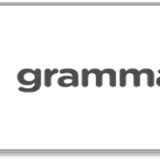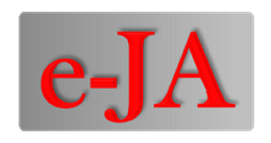ANALISIS TERHADAP LEMBAGA KEUANGAN YANG DAPAT KERJASAMA DENGAN USAHA PERIKANAN TANGKAP DI KABUPATEN KARAWANG
DOI:
https://doi.org/10.24912/ja.v16i2.534Abstract
Less on developing and contributing fisheries sector on Gross National Product (GNP), especially capture fishing efforts in Karawang Regency, dominantly because of capital limitation and imprecisely capture fishing sector development. This research is trying to analyze the financial feasibility of capturing the fishing sector and its relationship with financial institutions. The analyzing methods would be referred to Hanley and Spash (1993) there are Net Present Value (NPV), Net Benefit-Cost Ratio (B/C Ratio), Internal Rate of Return (IRR), Return of Investment (ROI), and Payback Period (PP). The results show that capture fishing with drift gillnet (JIH), zero and state gill net (JIT) and shell collecting are capture fisheries efforts with good financial conditions and the other three capture fisheries efforts have NPV, B/C Ratio, IRR, ROI and PP appropriate with terms and conditions, then its could be more development and proper to get financial institutions to support. And capture fisheries with fishhook and fishing line are not properly to be developed. There are three potential financial institutions that could support the capture fisheries efforts, but for now on only KUD Mina Singa Perbangsa and BRI Bank which needed its 703.500.000 each year. And from BRI Bank Consist of general business KUPEDES, are optimal could be reaching Rp4.030.000.000, Rp 806.000.000 and Rp 120.900.000 each year. And there are financial institutions which not needed its services because the credits scale offered are not suitable, the relations are not connected, there are problems in collateral, and the trust factor
Downloads
Published
How to Cite
Issue
Section
License
Copyright (c) 2019 Jurnal Akuntansi

This work is licensed under a Creative Commons Attribution-NonCommercial-ShareAlike 4.0 International License.
This journal provides immediate open access to its content on the principle that making research freely available to the public supports a greater global exchange of knowledge.

This work is licensed under a Creative Commons Attribution-NonCommercial-ShareAlike 4.0 International License



















